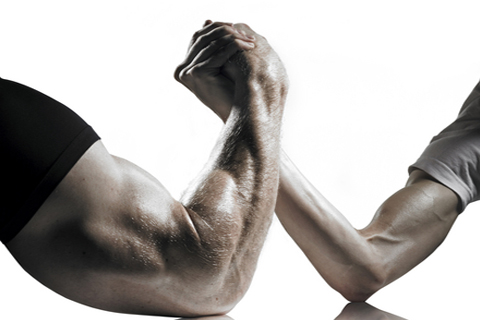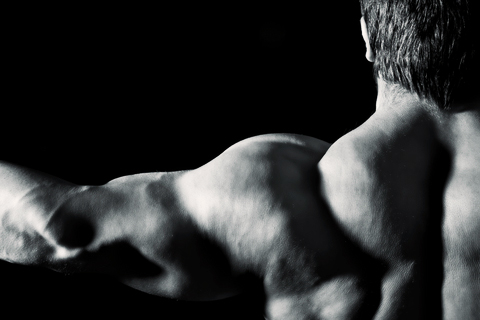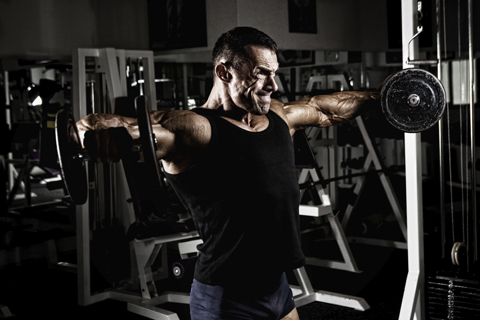Female Weight Lifting: Why Women NEED To Lift Compound Heavy
by Matt Hodges
06 July 2012
Ive recently had a heated debate with a female client of mine about this hot topic in the fitness industry. It became clear to me the unbelievable misconception of female weight lifting and actually how much people listen to whats written in the media. I thought it only appropriate, considering a high population of our clients that are female, that we should write an article to give our views on the subject.
Diary Of A Hardgainer – Part 2/2
by Matt Hodges
28 June 2012
I hope that those of you who read Diary Of A Hardgainer Part 1 can sympathise with some of the issues presented in the article. Part 2 is here to try to re-assure all those who find it hard to gain muscle and answer some of the questions that I see a lot of muscle building forums. Most of the questions all have a common answer, so before we go into each individual question I think it only appropriate that we tackle this little meany first………
Continue reading
Diary Of A Hardgainer – Part 1/2
by Matt Hodges
26 April 2012
After a drastic (or what I thought drastic) 10 minutes with the tape measure and a decreasing level of low self esteem I find myself writing up this article not about the size of my manhood, no, but the on-going battle I have with muscle and my motivation to build the stuff.
The ‘Cross-Over Set’ – fluidity in sessions
by Matt Hodges
15 February 2012
Definition
On the days that you wish to train two large muscle groups an effective way of bridging the gap between isolation exercises is to practice Cross-Over setting. The Cross-Over set refers to three sets that link two muscle groups via a superset and always compound. This set can be solely resistance based exercises or a cardio/resistance based circuit.
Accentuated Eccentric Training
by Matt Hodges
26 October 2011
The subject of accentuated eccentric training has been a grey area of personal training for a number of years. Trainers should all know the basics but how many people actively use the different techniques with either themselves or their clients?
So let’s start by explaining what ‘Accentuated Eccentric Training’ actually is……
When performing an exercise there are three main areas of ‘concentration’. The ‘concentric’ phase (lifting a resistance against gravity), the isometric phase (holding a resistance without moving the joint angle or changing muscle length) and the eccentric phase (controlling a resistance going with gravity). Using ‘squats’ as a good example, the most important area of the exercise is when you are coming down to the deepest point – this is your eccentric phase. In the same example the concentric phase occurs when you are pushing the weight upwards (more important with powerlifters).










